History Tour St.Maarten – St.Martin
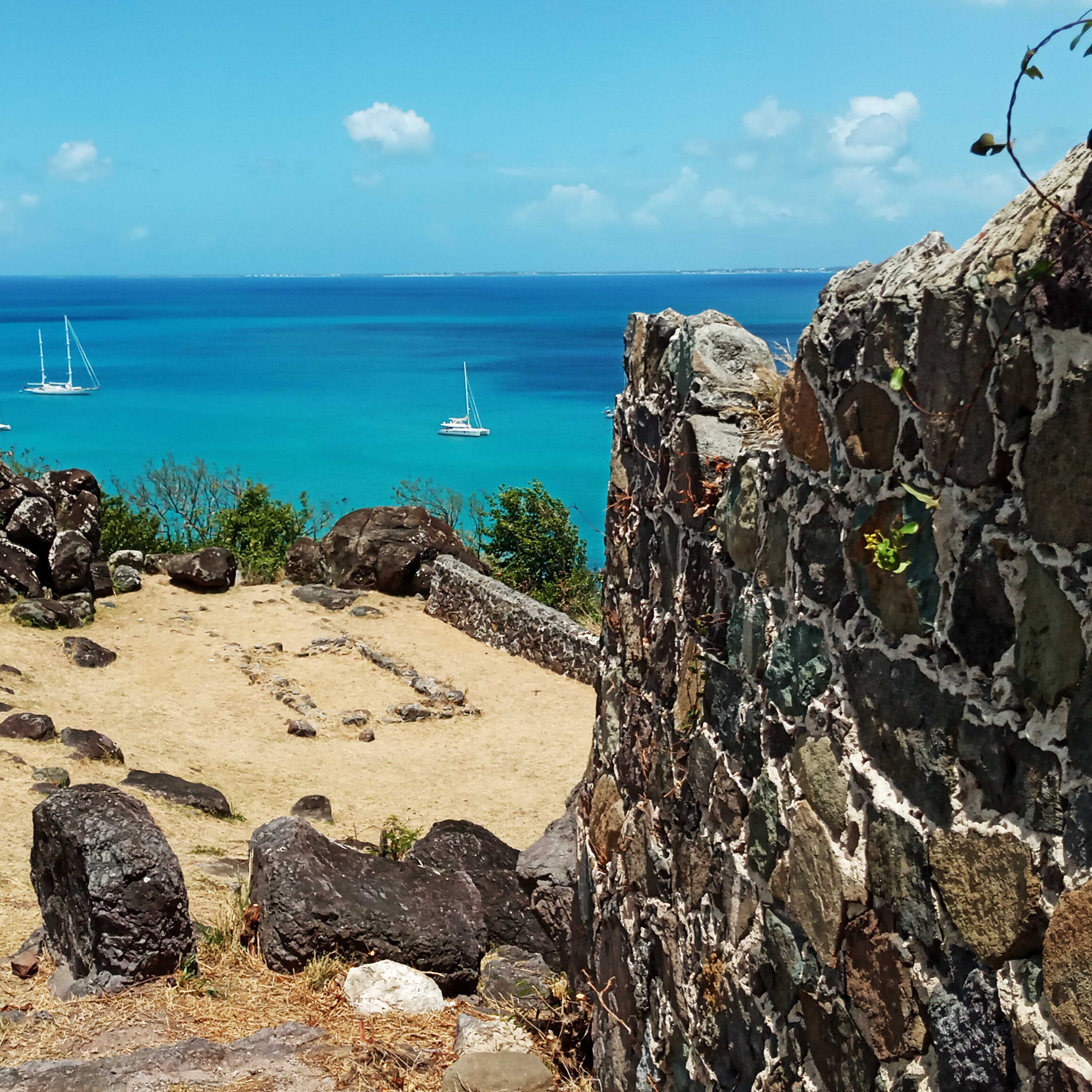
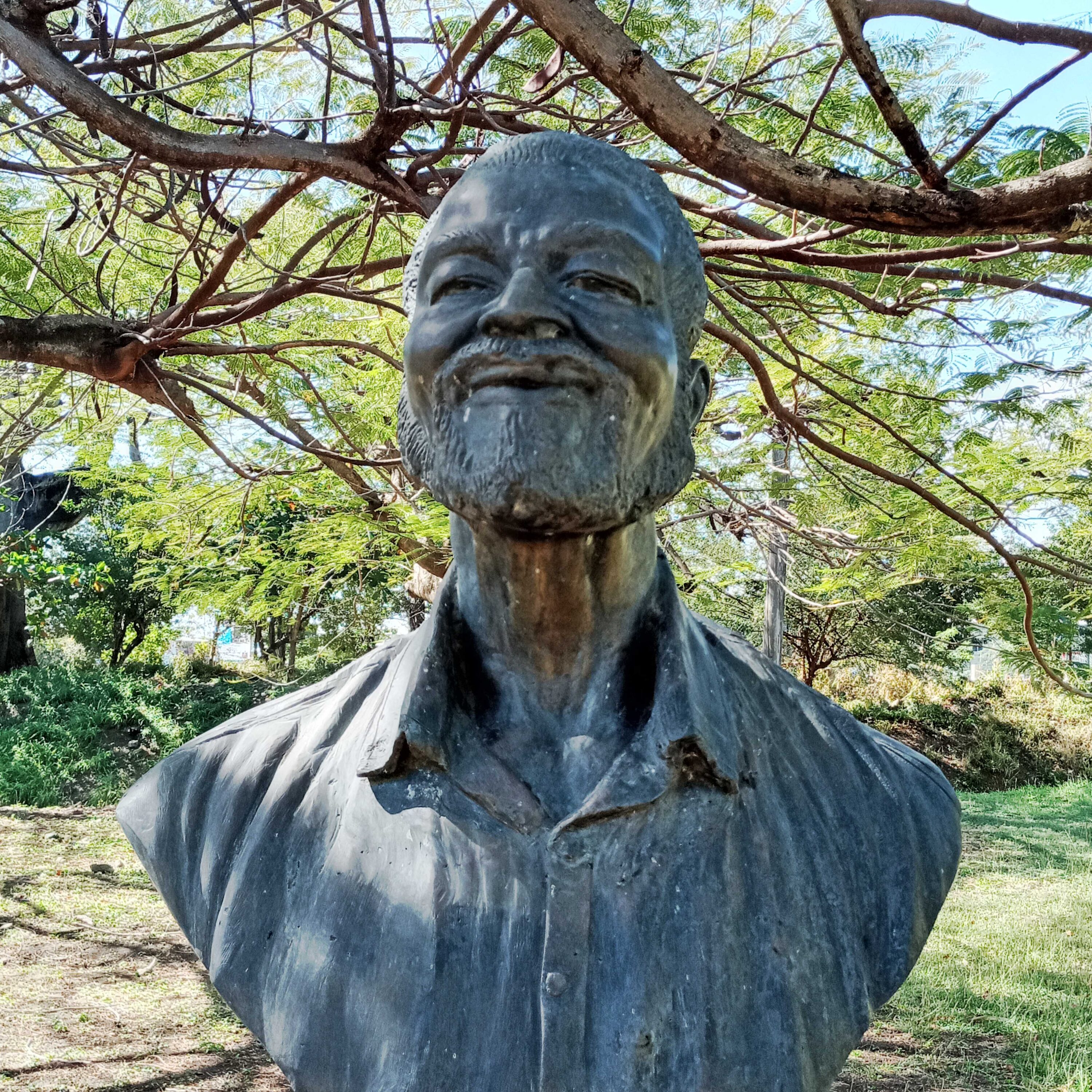
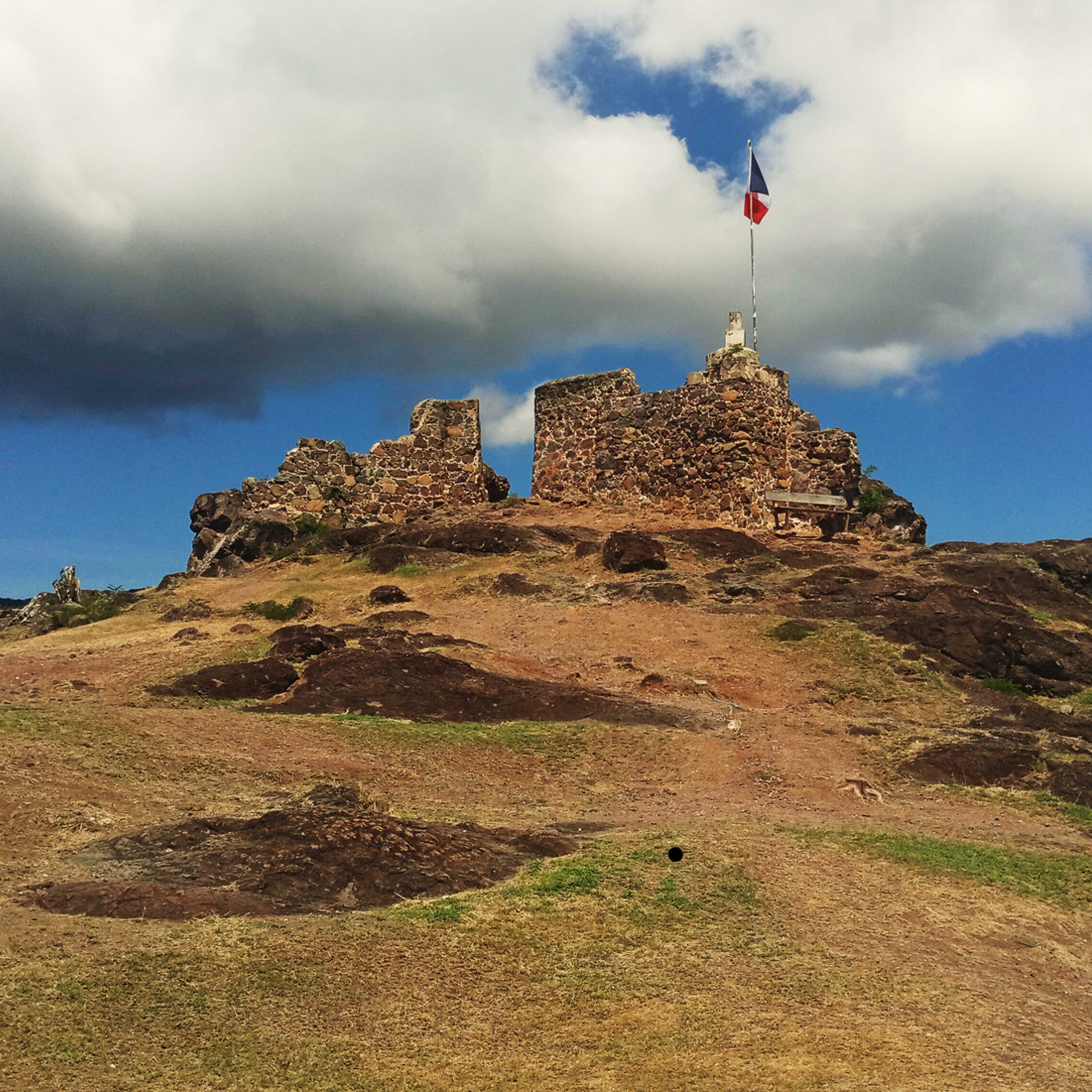
Travel Through Our
Past, Present & Future
St Maarten – St Martin has a unique and fascinating history. This Dutch and French Caribbean island – the smallest island divided by two nations – has attracted humans to her shores for millennia. First as ‘The land of Salt’ and now as ‘The Friendly Island’.
Our half day History Tour is very informative and takes you around the entire island while visiting historical landmarks such as Fort Louis and a former plantation, the natural history museum Amuseum Naturalis, and beautiful viewpoints.
All our tours have a maximum of 6 guests. For a Private Group, Large Group or Customized Tours check out our Private Group Tour section or send us a message.
Our vehicles are air conditioned.
For a detailed description of the History Tour see further below.
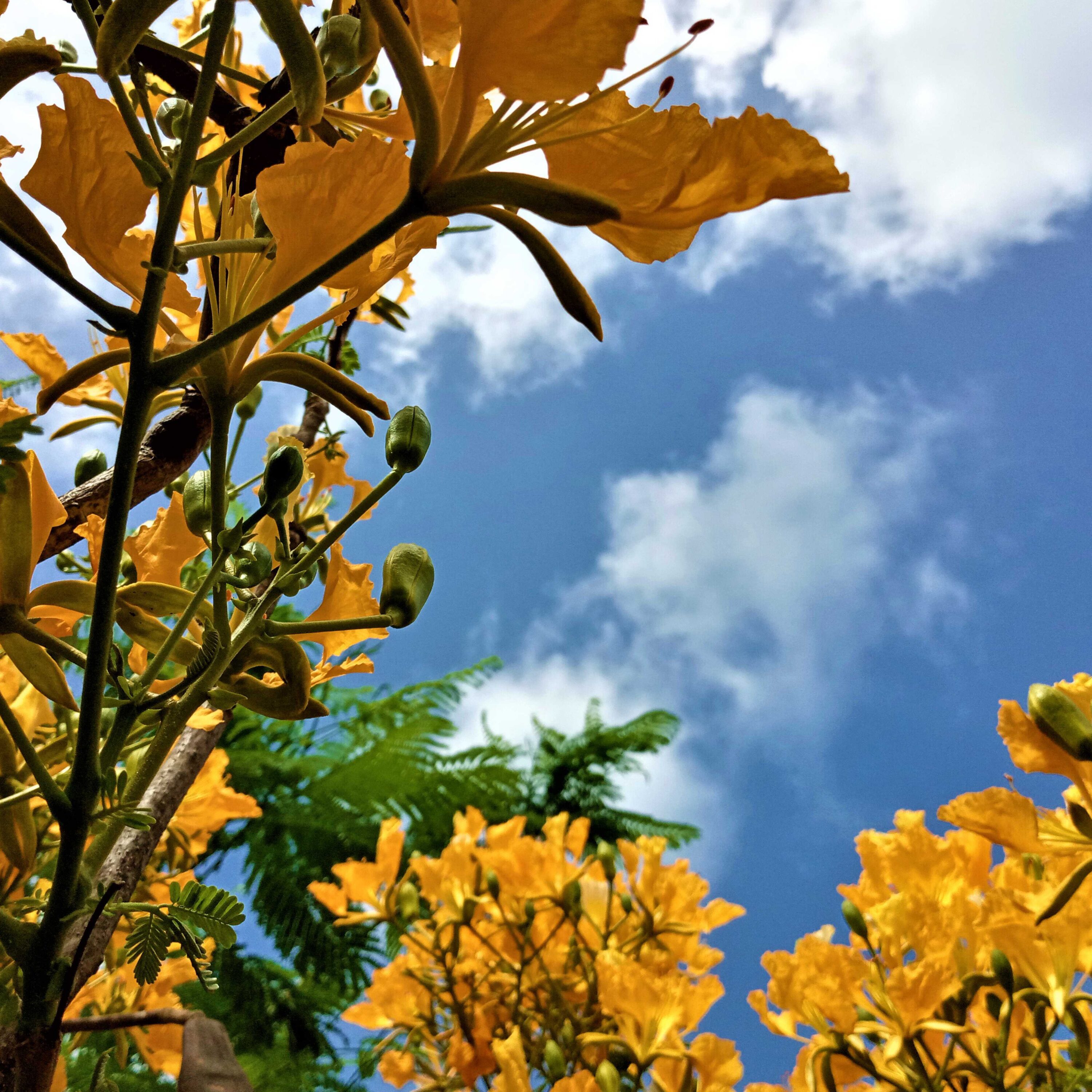
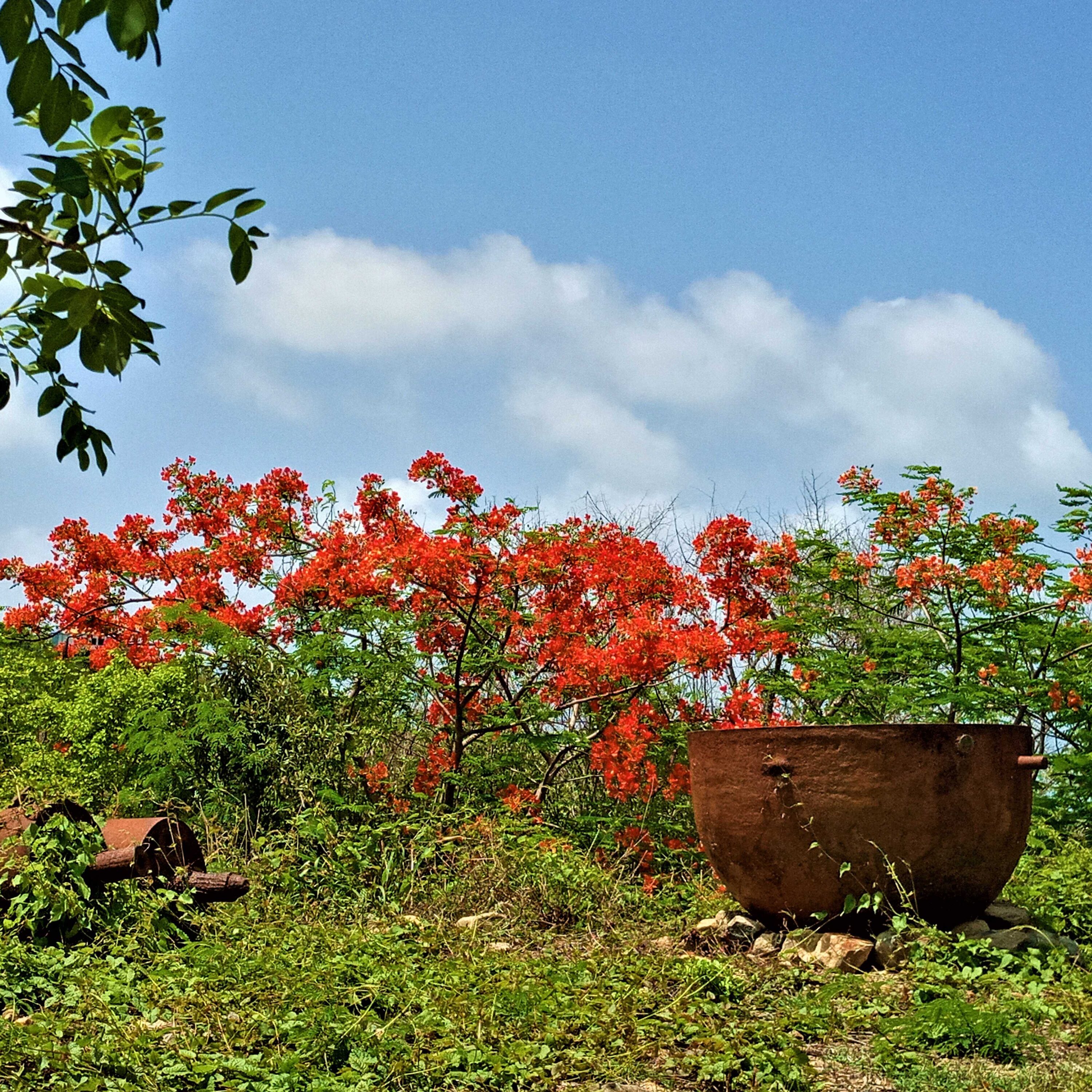
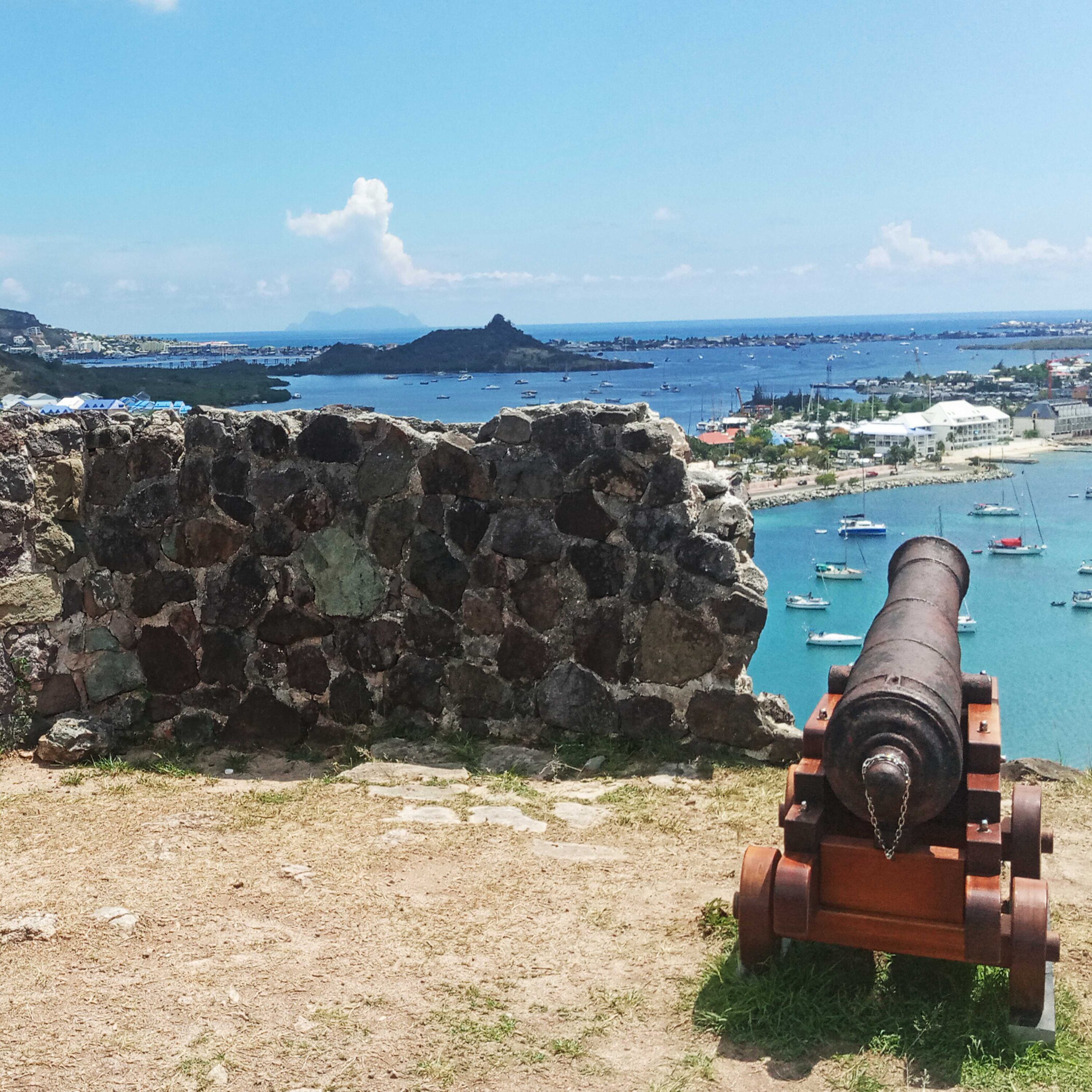
When:
Monday to Sunday
Starting Point:
Dock Maarten in Philipsburg – How to get there?
Shore excursion – Coming by cruise ship?
Time:
During the Week (Monday-Friday)
From 8.30 AM – 12.30 PM
Weekend (Saturday & Sunday)
From 8.30 AM – 12.30 PM
Rates:
Adult $69, Child up to 12 yrs $54
What to wear/ bring:
The History Tour involves one 10 minute uphill walk at Fort Louis (concrete stairs). Wear walking shoes, a hat and suntan lotion.
Included in this trip:
We’ll have cold water, and serve iced lemongrass tea with a piece of our homemade banana bread during our snack break.
Upon making your reservation please let us know whether there are any specific dietary requests.
Detailed Description
History Tour
Depending on the weather, the size and level of fitness of the group we’ll visit the following sites while driving around the entire island sightseeing both the Dutch and French side:
Geological History
St Martin mainly consists of sand, limestone and layered rock. We’ll visit one of the two sites where layered rock is clearly visible.
Pre-Columbian Sites
Long before the passing of Columbus on Saint Martin’s day in 1493, Indians originating from the Amazon basin lived on St Martin. Both sides of the island have an archaeologist and together they have found a lot of Arawak artifacts and the oldest human remains in the Caribbean. Unfortunately we’re not allowed to visit the plateau where there was once an Arawak village. There is one site where one can witness an ancient well and engravings on a rock but this site can only be reached by a hike into the hills, we won’t do that on our normal tour, we will however touch on the lives of the Arawaks as we drive past the area where they’ve lived.
Forts
St Martin has the remains of three forts of which two can be visited. Each fort offers a great view of one of the two capitals our small island is rich and form a lovely background for the conquest and pirate stories of St Martin. We’ll visit at least one of the forts.
Salt Pond
The first inhabitants of St Martin, the Arawak, called the island Soualiga meaning Land of Salt. The naturally salt producing ponds of St Martin were also the reason for the Dutch to return after they had an unplanned stop over on St Martin in 1624. We’ll show you what Great Salt Pond looked like in her hey day and you’ll be able to see the difference in her appearance today.
Plantation
For centuries St Martin’s economy was based on salt production and agriculture during the colonial era. Of the more than 100 plantations in the colonial peak times only two – Golden Rock and Industry – have been conserved in one big park called the Emilio Wilson Estate. In the park the remains of the plantation house and ruins of the surrounding farm buildings can be found.We’ll visit this park and give the hardships of those times a moment of thought as well as enjoy the lovely scenery and marvelous trees in the park.
More
During our round of the island we’ll pass by and point out more historical highlights such as the King of Tintamarre and the border monument celebrating the Treaty of Concordia which manifests a peaceful sharing between the Dutch and French of our lovely island in the Caribbean Sea.

